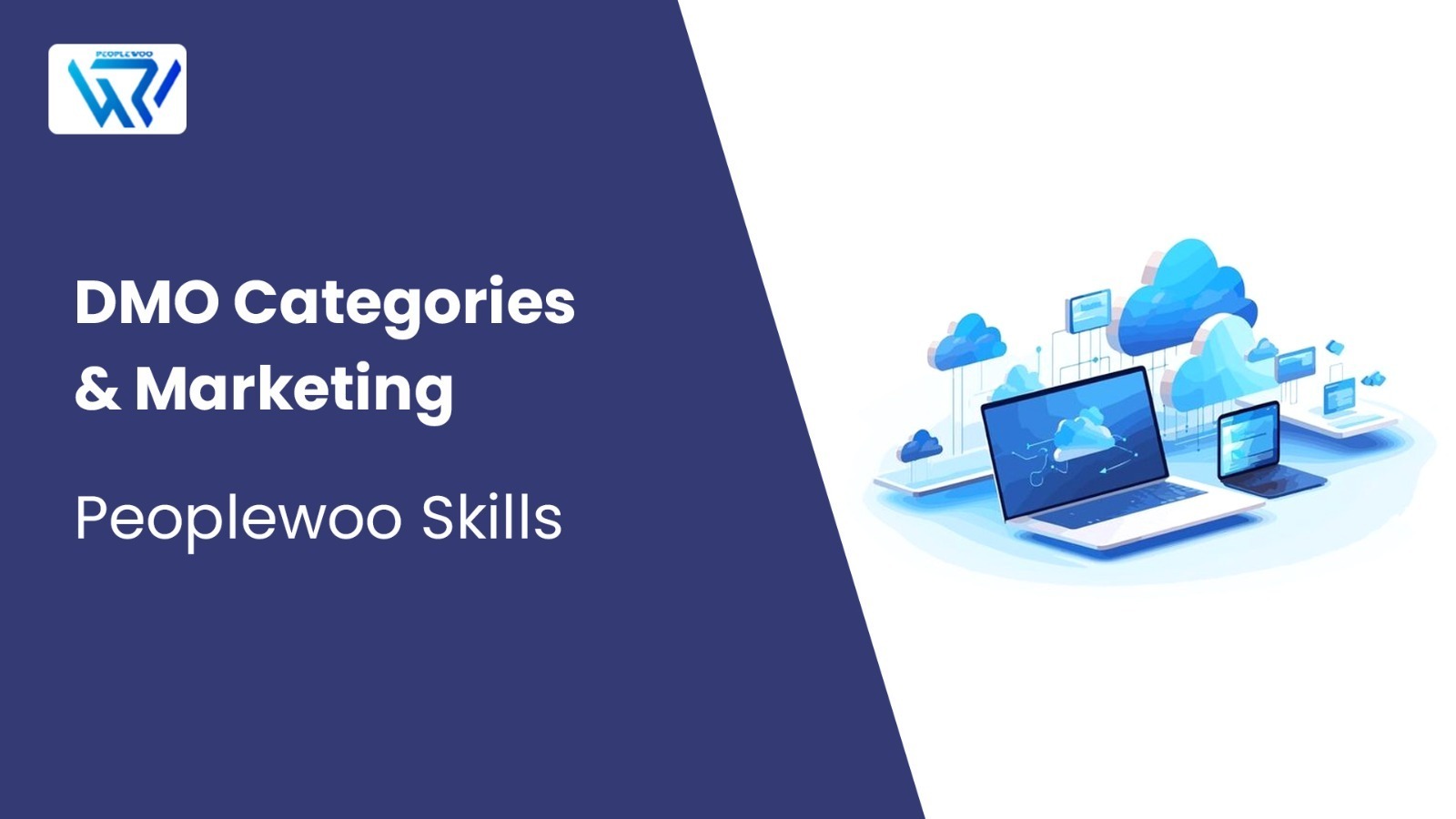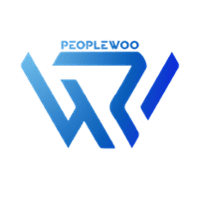
Salesforce Data Cloud uses predefined Data Model Objects (DMOs) to standardize and harmonize customer data across touchpoints. These objects help businesses build unified customer profiles, create segments, and activate personalized campaigns with real-time insights.
In this article, we'll take a deeper dive into the most important Standard DMOs, explore their technical structure, how they interact, and the role they play in segmentation, personalization, and activation.
What Are Standard DMOs?
Standard DMOs are predefined object structures in Salesforce Data Cloud that help unify fragmented data across different systems. DMOs allow you to store and process critical customer data like email addresses, phone numbers, purchase behavior, and other key identifiers.
They are central to the functionality of Salesforce Data Cloud, enabling consistent customer profiles for segmentation, personalization, and activation.
Watch Our Full Tertial Video
Technical Architecture of Standard DMOs
The following layers are involved when working with Standard Data Model Objects (DMOs) in Salesforce Data Cloud:
- Data Streams: Raw data is ingested through connectors such as CRM, Marketing Cloud, or API.
- Data Lake Objects (DLOs): Temporarily store raw data for validation, inspection, and cleansing.
- Mapping & Transformation: Aligns raw data fields with standard DMO schemas (e.g., Email → Contact Point Email).
- Data Model Objects (DMOs): Store harmonized data for segmentation, analytics, and activation.
Common Standard DMOs
| DMO Name | Description | Use Case |
|---|---|---|
| Individual | Represents a unified customer profile after identity resolution | Segmentation and personalization |
| Contact Point Email | Stores email addresses associated with an individual | Email marketing and personalization |
| Contact Point Phone | Stores phone numbers and related metadata | SMS and call-based marketing |
| Person | Stores personally identifiable information (PII) | Profile enrichment and demographic segmentation |
| Engagement Event | Captures data about interactions like purchases or web visits | Behavioral segmentation and engagement tracking |
| Unified Individual | Stitched identity record merging data from multiple sources | Cross-channel activation and personalization |
How These DMOs Work Together: A Data Flow Example
Data typically flows from multiple touchpoints such as web forms, CRM systems, or POS applications into the Data Lake Object (DLO). The data is then mapped and transformed into standard DMOs to create a unified customer profile.

- Step 1: Data from CRM (Lead, Opportunity) is ingested into a DLO.
- Step 2: Raw data is mapped to a DMO (e.g., Contact Point Email or Individual).
- Step 3: Identity resolution merges email, phone, and other identifiers into one unified profile.
- Step 4: The unified profile becomes ready for segmentation and personalized engagement.
Advanced Use Cases of Standard DMOs
- Cross-Channel Marketing: Unify data across web, email, and mobile to deliver seamless customer journeys.
- Advanced Segmentation: Use DMOs like Engagement Event to target specific behaviors (e.g., cart abandonment).
- Personalization at Scale: Combine Person and Engagement Event DMOs to deliver hyper-personalized experiences.
Learn Data Cloud with Peoplewoo Skills
Master Salesforce Data Cloud with our live, expert-led training. Learn how to leverage DMOs and Data Streams to create impactful customer experiences that drive results.
🎓 Join the Salesforce Data Cloud Consultant Training on Udemy
Why Learn Data Cloud with Peoplewoo Skills?
- Live, instructor-led training with real-time practice
- Hands-on experience with Salesforce Data Cloud projects
- Access to sandbox orgs and datasets
- Free demo and career support
- Preparation for Salesforce certification
Frequently Asked Questions (FAQ)
Conclusion
The Technical Architecture of Standard DMOs forms the backbone of Salesforce Data Cloud. By understanding how DMOs, DLOs, and identity resolution work together, consultants and marketers can unlock true customer intelligence and deliver unified experiences across all channels.
Whether you're building data models or activating audiences, mastering Standard DMOs is essential to becoming a successful Salesforce Data Cloud professional.
More SFDC Resources
Start your SFMC journey today — join our Live Training or learn at your own pace with our Udemy Course.
Need help? Chat with us on WhatsApp anytime.
Learn. Practice. Get Certified. Succeed with Peoplewoo Skills.

